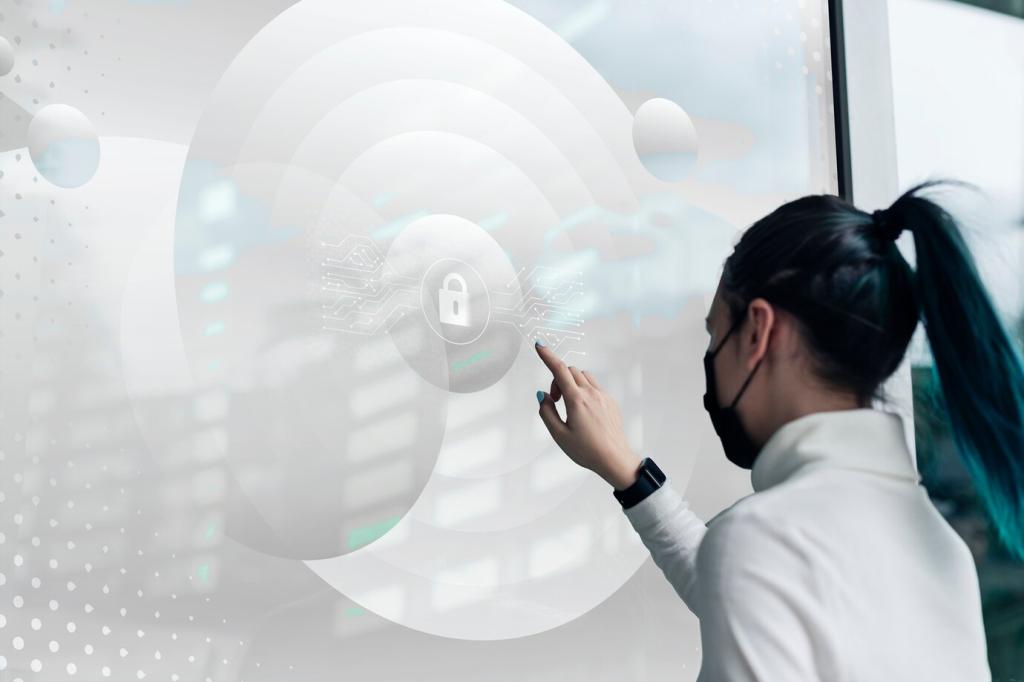The integration of artificial intelligence (AI) in home surveillance systems is revolutionizing the way homeowners protect and monitor their properties. By leveraging advanced AI algorithms, these modern systems go beyond traditional security features, offering proactive, intelligent monitoring, enhanced detection, and seamless automation. Whether it’s real-time threat identification, smarter video analytics, or personalized alerts, AI-driven surveillance transforms home security into a safer, more convenient, and efficient experience. This comprehensive guide delves into the various ways AI is shaping the future of home surveillance, examining key developments and their benefits for homeowners.
Transforming Security with Intelligent Monitoring
Traditional surveillance systems often rely on basic motion sensors that can easily be triggered by harmless events such as moving branches or passing animals, leading to frequent false alarms. AI-enhanced systems utilize advanced image recognition to distinguish between people, pets, vehicles, and other common stimuli, drastically reducing the likelihood of false positives. By continuously learning from new data, these systems improve their accuracy over time, ensuring homeowners are alerted only to genuine threats. This capability allows for quicker and more informed responses, streamlining security protocols and offering peace of mind to residents.

Enhancing User Experience Through Personalization

Adaptive Learning of Habits
AI-equipped surveillance systems constantly observe and analyze the daily routines of household members. By recognizing regular comings and goings, the system can automatically adjust its monitoring parameters—disabling alerts when family members return home or intensifying surveillance during unusual times. This adaptive learning minimizes unnecessary notifications and ensures the system operates seamlessly in the background, aligning itself with the evolving lifestyles and schedules of its users for effortless security.

Customizable Alert Systems
Personalized alert options are one of the hallmarks of AI-powered surveillance. These systems can be tailored to notify homeowners only about specific events—such as unknown visitors, deliveries, or perimeter breaches—using individual communication preferences, whether via text, app notification, or email. Over time, the system learns which alerts are most relevant or welcomed, further refining its notifications to suit each user. This granularity prevents alert fatigue and ensures that critical information always reaches the right person at the right moment.

Intelligent Home Integration
AI-driven surveillance technology is increasingly interoperable with other smart home devices, allowing for integrated experiences that simplify home management. For example, a detection of suspicious movement at night can prompt the system to turn on lights, lock doors, or trigger an alarm—all automatically. Integration with voice assistants and smart home hubs provides hands-free system control and real-time updates, making household security truly cohesive and accessible from anywhere. This interconnectedness ensures that AI surveillance doesn’t operate in isolation but instead enhances residents’ comfort and convenience.
Overcoming Security and Privacy Challenges
01
Safeguarding Personal Data
AI-powered surveillance systems process and store vast amounts of visual and behavioral data, raising concerns about unauthorized access and data breaches. Manufacturers and users must implement robust encryption, secure data storage practices, and regular software updates to protect sensitive footage and personal information. Strong authentication protocols and customizable privacy settings enable homeowners to control how their data is collected, accessed, and shared, maintaining trust in the system while retaining full ownership of their recorded content.
02
Balancing Security and Privacy
One of the key issues in AI-driven surveillance is balancing comprehensive security with respect for individual privacy. Sophisticated features like facial recognition and continuous monitoring may inadvertently capture sensitive situations or information about family members and visitors. To address these concerns, leading systems offer adjustable privacy zones, anonymization options, and granular access controls. By giving homeowners the ability to define when and where the cameras operate and who can view specific footage, these solutions foster responsible, ethical use of surveillance technology within private spaces.
03
Compliance and Ethical Considerations
The deployment of AI in residential surveillance must align with evolving legal regulations and ethical standards. Compliance with local privacy laws and transparency about data usage are paramount to preventing abuse and maintaining public confidence. Manufacturers and service providers are increasingly embedding ethical guidelines into the design and operation of their products, including consent-based monitoring and responsible AI training data usage. By staying informed about regulatory developments and demanding transparency from service providers, homeowners can be confident that their adoption of AI surveillance aligns with both legal mandates and community values.
